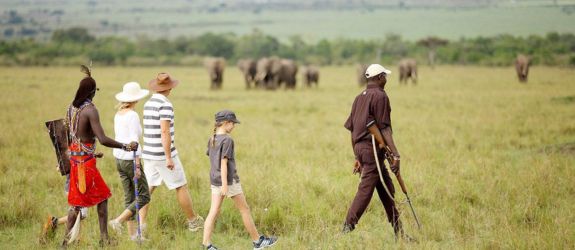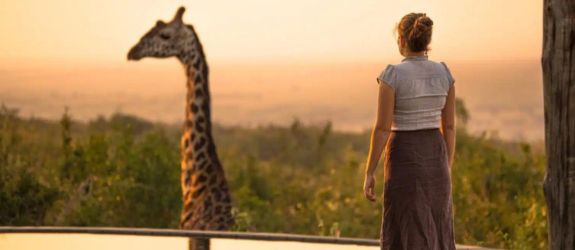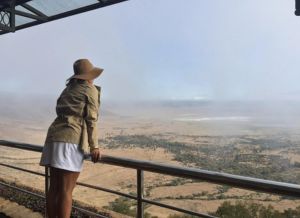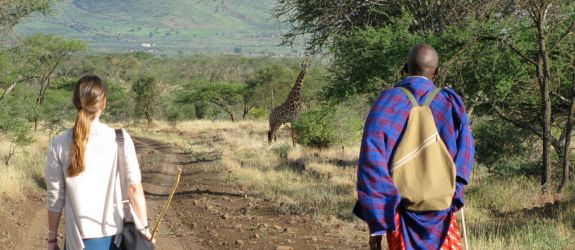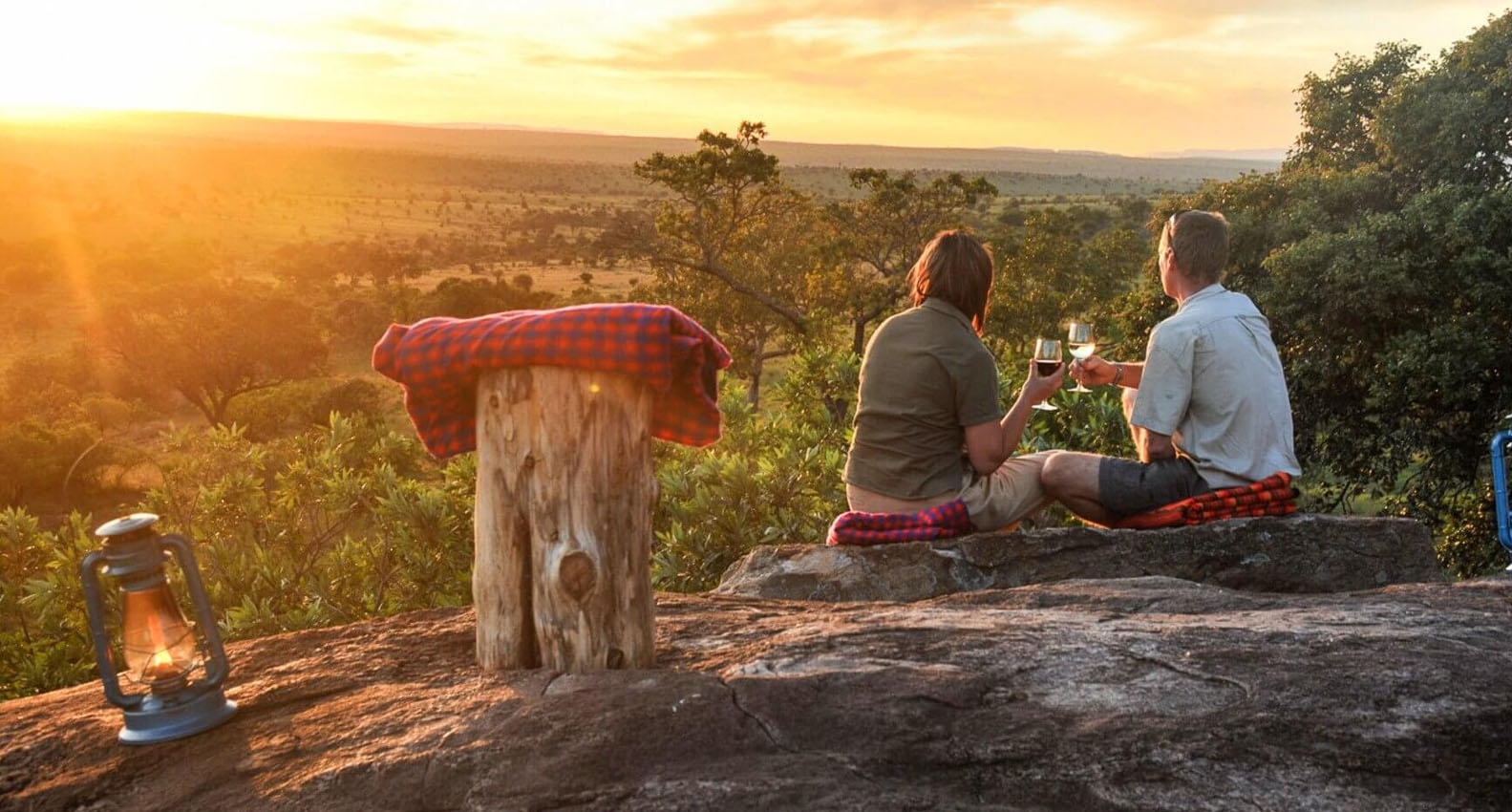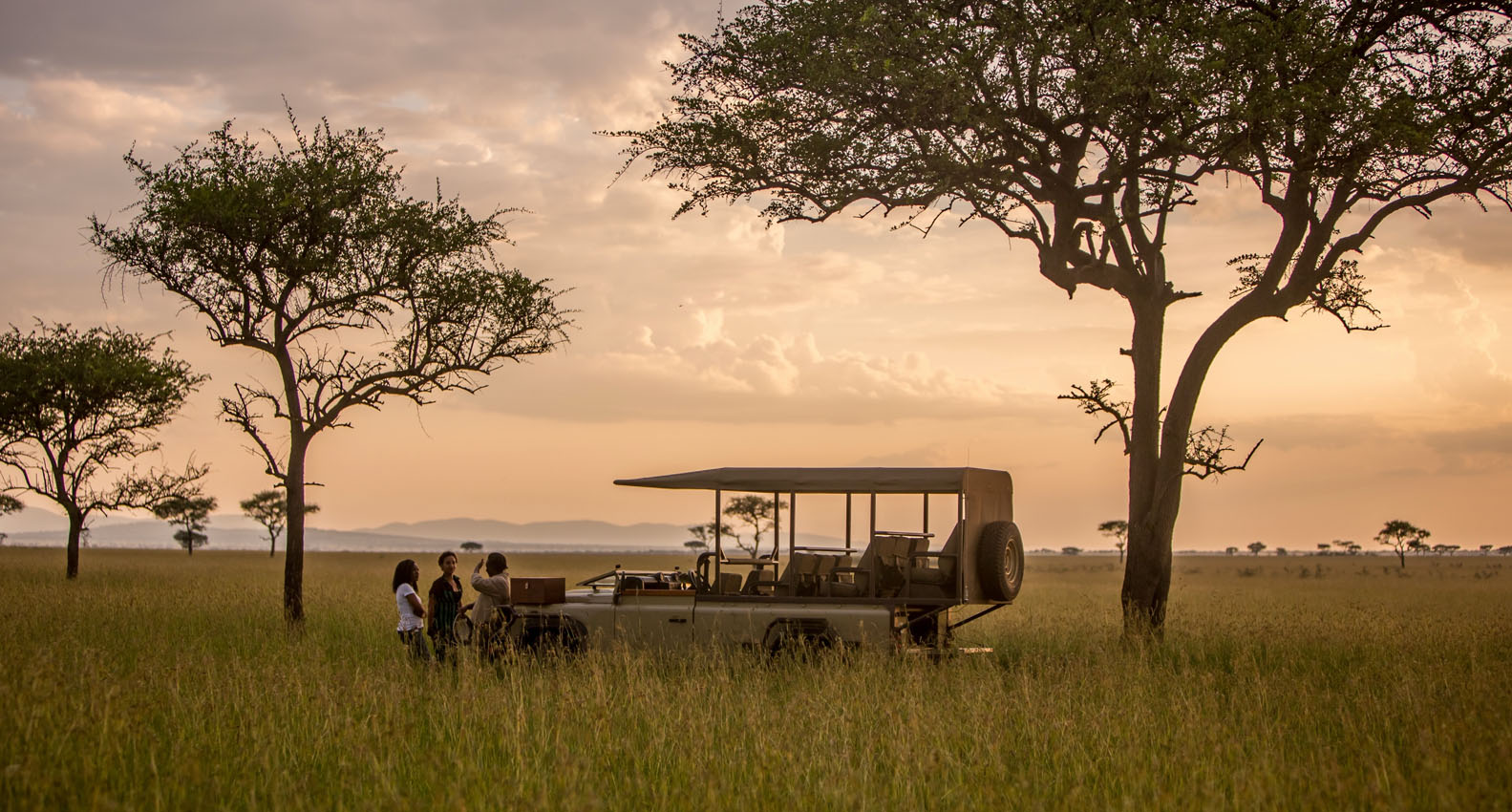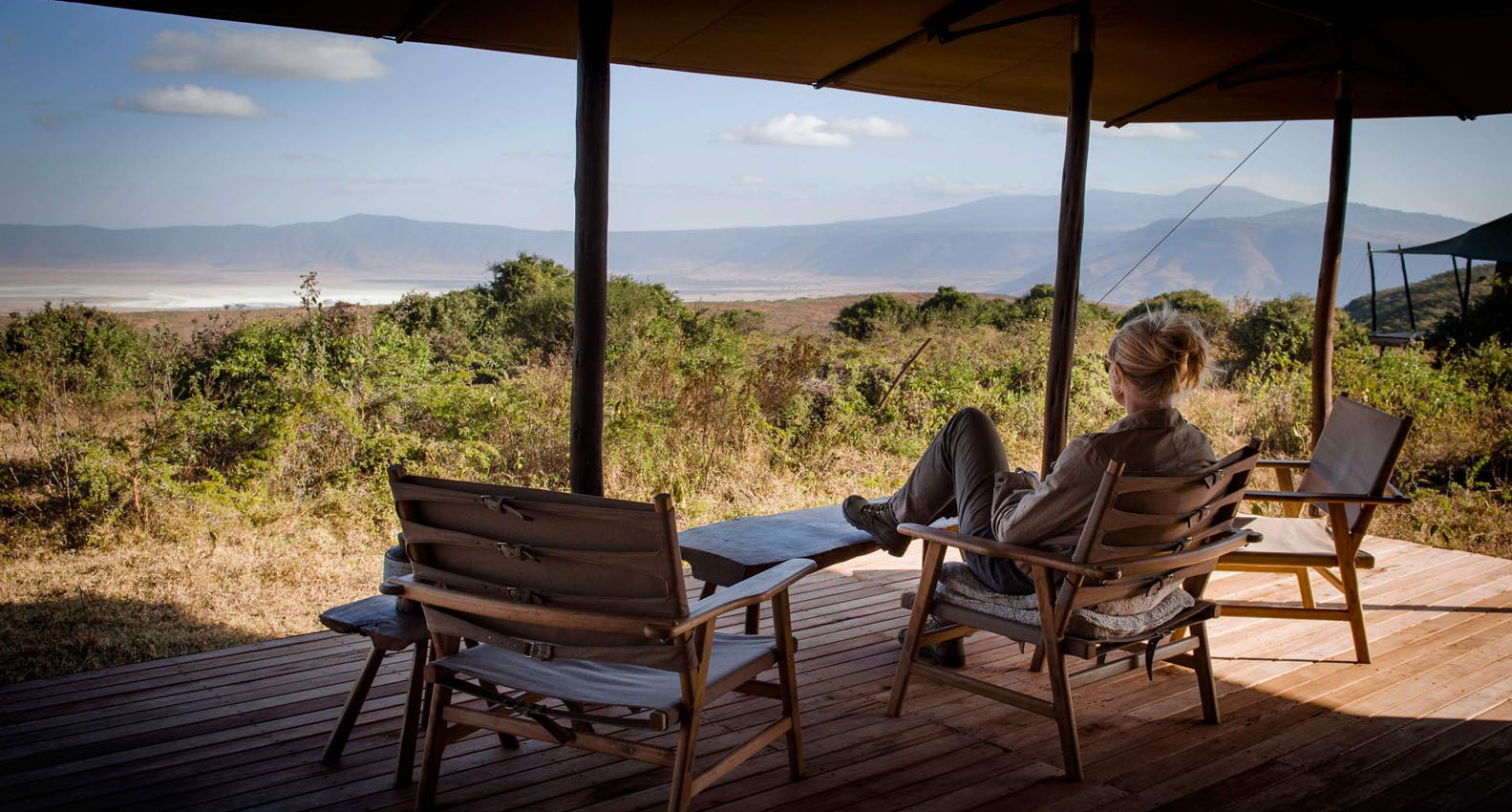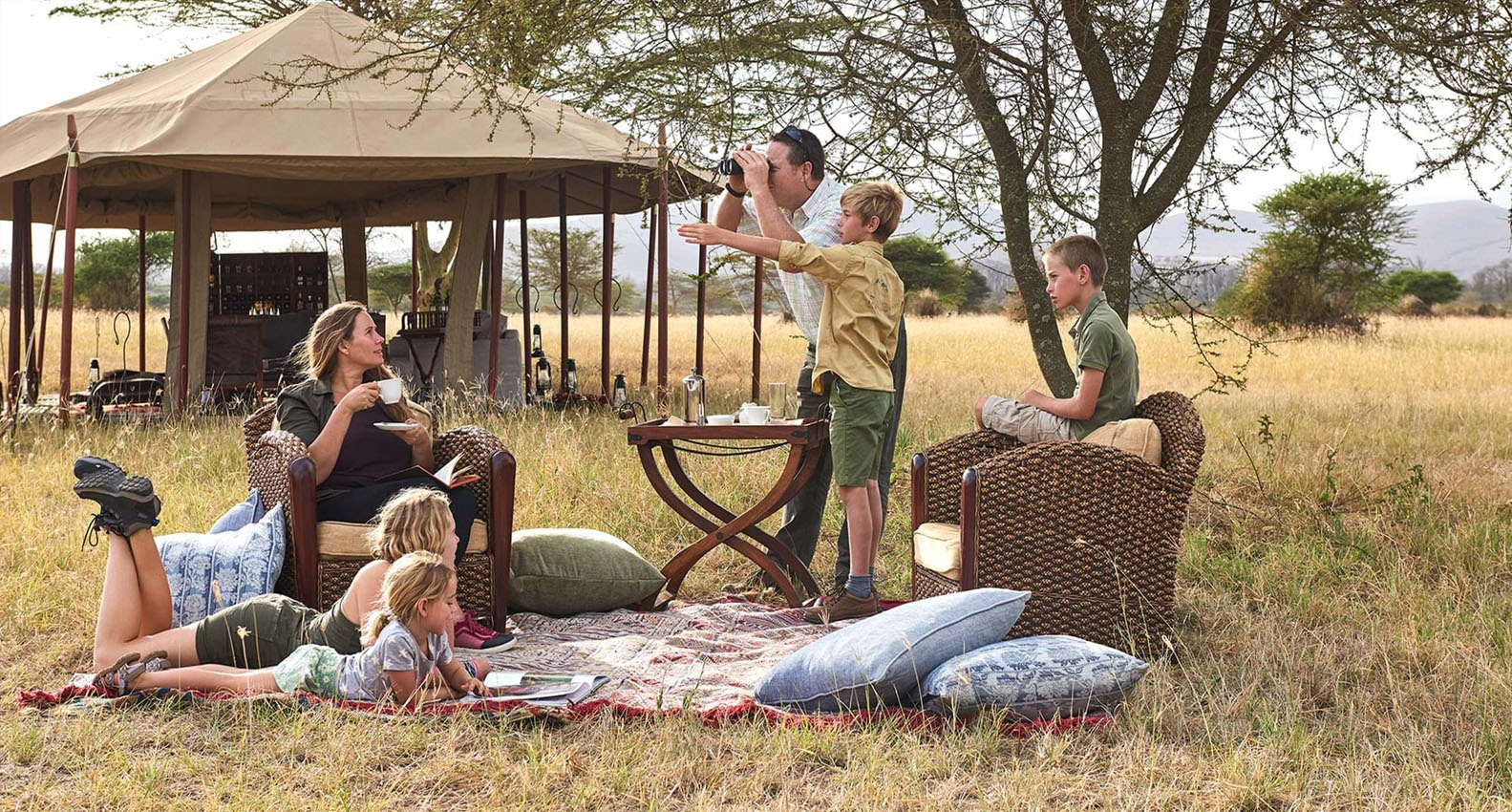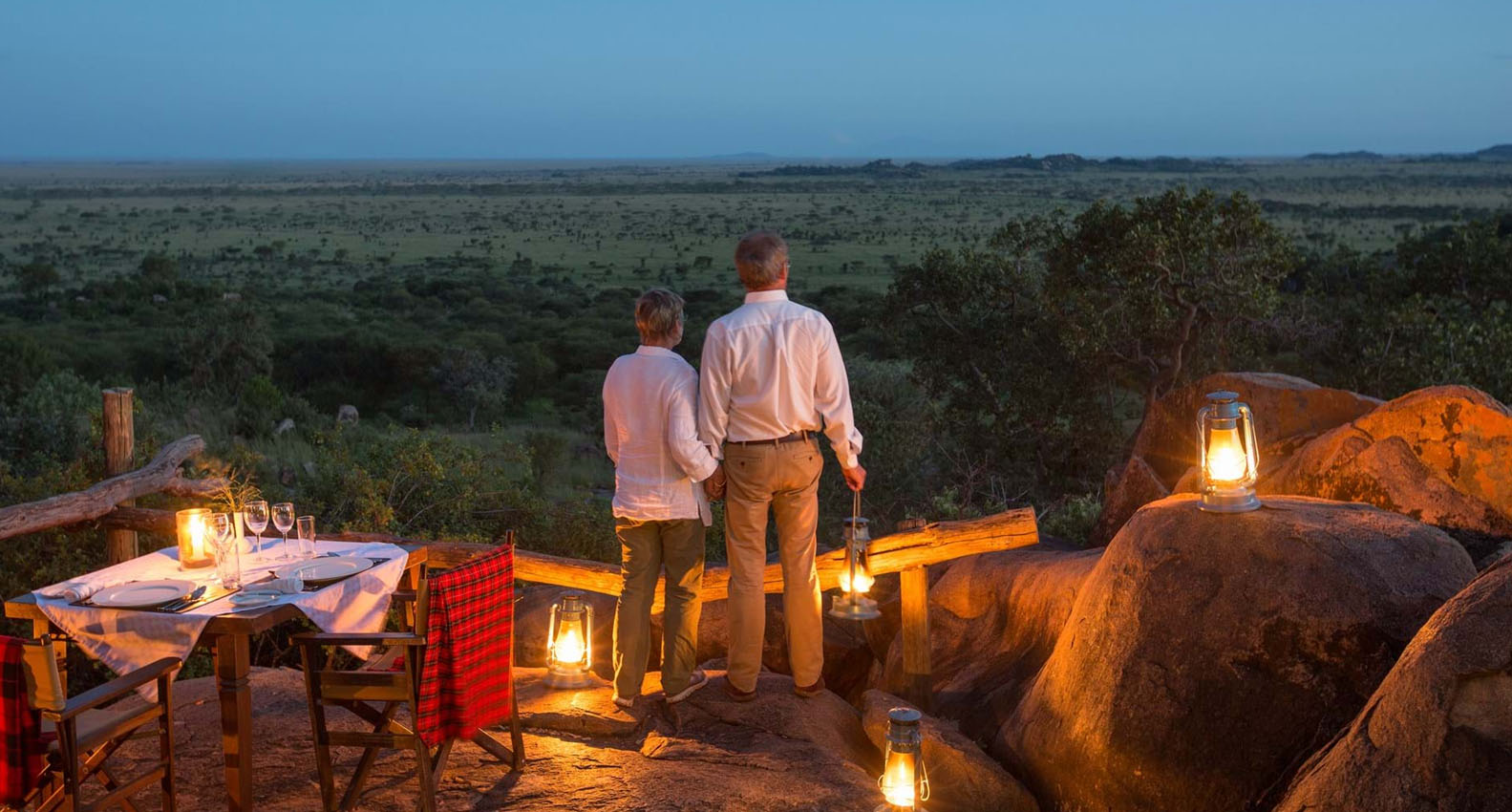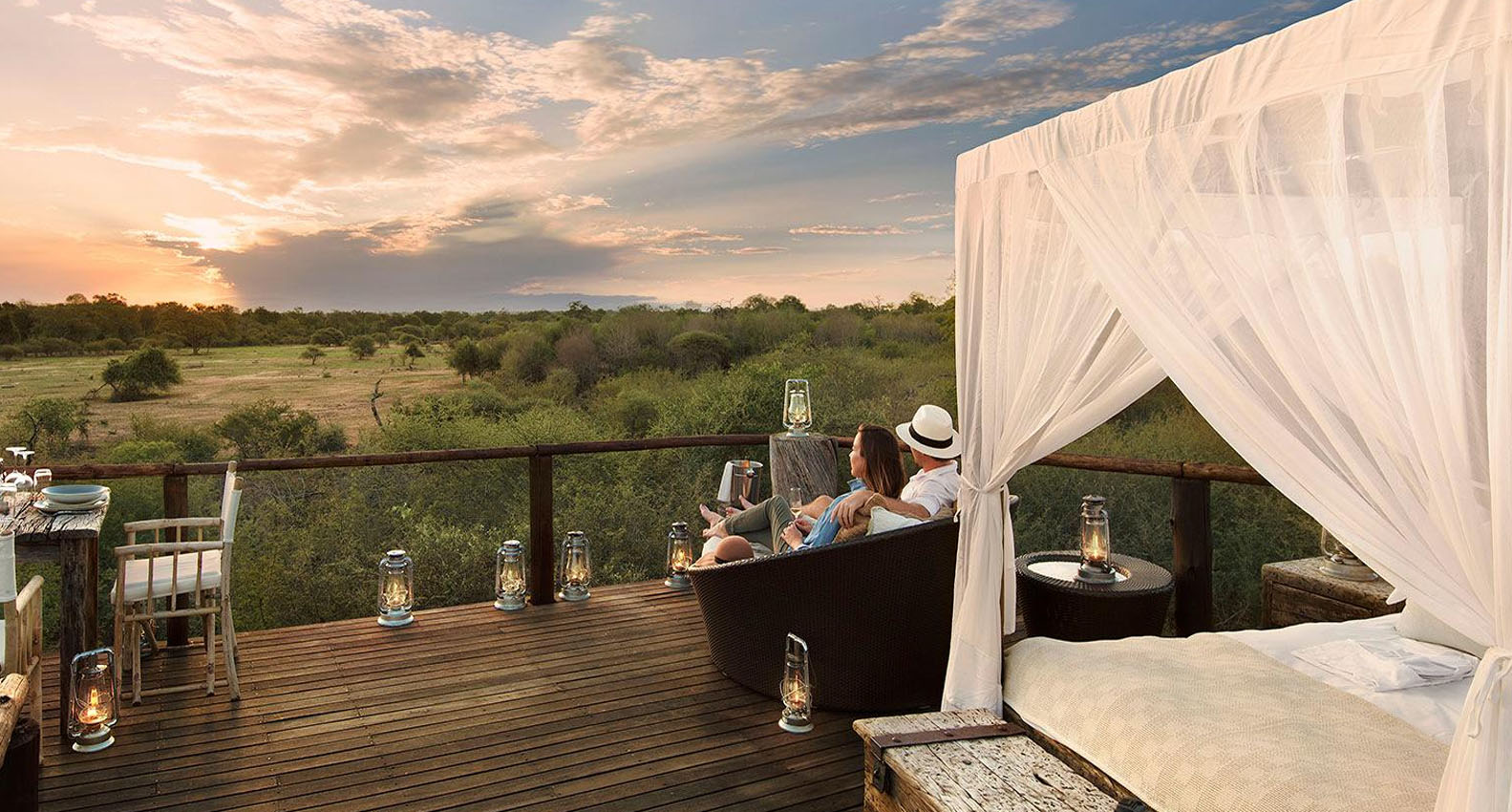
Clothing Basics  All the Safari Essentials For Tanzanian Tours
All the Safari Essentials For Tanzanian Tours
The foundation of your Tanzania Safari wardrobe begins with lightweight and breathable fabrics that let you move with ease under the sun. Go for crisp cotton shirts and trousers that not only keep you cool but also withstand the demands of the bush.
- Yet, the secret lies not just in what you wear but also in What Colors to Wear on Safari in Tanzania.
- Neutral and earthy tones - think khaki, olive, and sandy beige - form the colour palette of safari elegance.
- But, it's not all about aesthetics. Practicality reigns supreme.
- In the realm of clothing basics for Tanzania Safari Tours, long sleeves and pants are your trusted allies.
- They shield you from the intense sun, keep troublesome insects at bay, and guard against the thorny vegetation.
- Pair these with closed-toe shoes designed for comfort and durability, and you're ready to step into the wilderness of Tanzania.
Remember that the right clothing doesn't just outfit you, it becomes your permit to an immersive and safe safari experience.
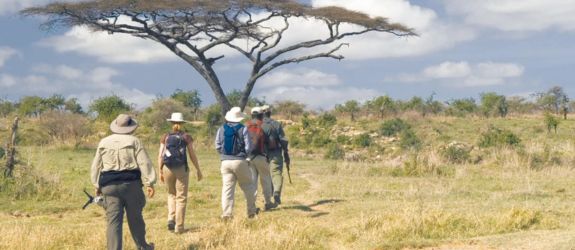
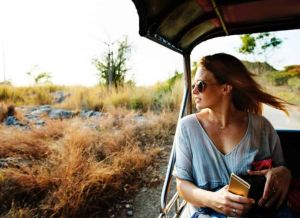
From Natural Wonders To Secluded Paradises
